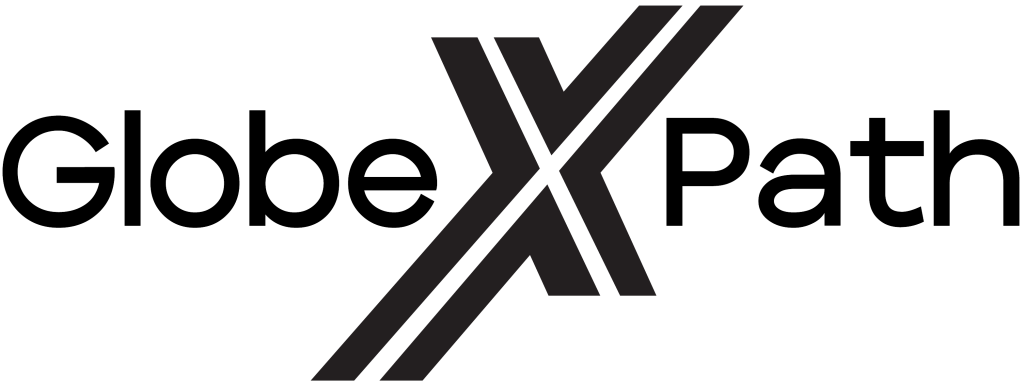Introduction: A Paradigm Shift in Student Visa Screening
The United States has implemented a transformative policy change for international student visa applicants, mandating unprecedented access to their digital lives. Announced on June 18, 2025, this social media vetting requirement compels all F-1, M-1, and J-1 visa seekers to set their social media profiles to “public” for consular officer review—a move the State Department claims will “weed out applicants who pose a threat to U.S. national security” 137. This radical shift follows a controversial three-week pause in visa processing that stranded thousands during peak application season, signaling a new era of digital scrutiny for the over 1.1 million international students who contribute $43.8 billion annually to the U.S. economy.
The Great Pause: Why the Old System Stopped
Abrupt Suspension: On May 27, 2025, the State Department halted scheduling of new visa interviews without warning, creating chaos during the critical May-August processing window when 70% of student visas are typically issued. Officials cited “temporary” operational adjustments to implement enhanced screening protocols.
Political Context: The freeze aligned with the Trump administration’s broader crackdown on elite universities, including attempts to revoke Harvard’s certification to enroll international students and freeze $2.65 billion in federal grants—moves repeatedly blocked by federal courts.
Peak Season Paralysis: With over 50% of fall-semester students still needing interviews by mid-June, the pause threatened to derail academic plans for hundreds of thousands. NAFSA CEO Fanta Aw warned it would “already have had an impact on enrolments” even if resolved immediately.
Anatomy of the New Social Media Vetting System
The restarted visa process features rigorous digital surveillance mechanisms:
Mandatory Public Profiles: Applicants must toggle all social media accounts to public mode before interviews. Refusal constitutes grounds for rejection as it “could be a sign an applicant is trying to evade the requirement” .
Ideological Screening: Consular officers actively search for “hostility toward U.S. culture, institutions, or founding principles“—a deliberately broad mandate lacking explicit definitions. The State Department instructs examiners to flag content showing support for “designated foreign terrorists” or “unlawful anti-Semitic harassment”.
Priority Processing Hierarchy: Embassies must expedite applicants targeting universities with under 15% international enrolment—a move disproportionately affecting Ivy League schools like Harvard (25% international) and public research giants like University of Illinois.
Quadruple Threat: Challenges and Controversies
- Privacy and Censorship Concerns
Civil liberties organizations condemn the policy as “digital McCarthyism.” Jameel Jaffer of Columbia’s Knight First Amendment Institute argues it “makes a censor of every consular officer” and will “chill legitimate political speech globally” . Students from China and Muslim-majority nations face heightened risks, with Chen, a Toronto-based PhD applicant, expressing anxiety about being “targeted” despite securing his visa appointment. - Ambiguity and Arbitrary Enforcement
The undefined “hostility” standard creates dangerous subjectivity. Does criticizing U.S. foreign policy constitute hostility? What about academic critiques of systemic inequality? The State Department deliberately avoids clarifying these thresholds, potentially enabling ideological exclusion. - Enrolment and Economic Fallout
Early data reveals a 5% enrolment decline for 2024-2025, signaling chilling effects. Malaysian officials have already redirected scholarship students away from U.S. institutions, while Chinese applications—historically 25% of international cohorts—remain below pre-pandemic levels 68. With international students subsidizing domestic ones through premium tuition ($28,386+ annually for out-of-state public universities), the policy threatens a financial catastrophe for higher education. - Operational Bottlenecks
Consular officers now face resource-intensive reviews of multilingual social content. Without specialized training in cultural context analysis, errors and biases could proliferate. The May-June backlog already compressed processing windows, risking thousands of missed fall enrolments.
The Security Rationale: Questionable Benefits
Administration officials frame this as a national security imperative, citing “an expectation from American citizens that their government will make every effort to make our country safer”. However, evidence suggests limited efficacy:
No publicly disclosed cases of social media screening preventing attacks
Existing vetting already covers criminal records and terrorist watchlists
Technically sophisticated threats easily create “clean” duplicate accounts
Navigating the Labyrinth: Student Visa to Permanent Residency
Despite heightened entry barriers, international students retain pathways to stay post-graduation:
- OPT & Work Visa Transition
Optional Practical Training (OPT): Graduates obtain 12 months of work authorization (extendable to 36 months for STEM fields), serving as a critical bridge.
H-1B Lottery: The controversial visa lottery attracts 700,000+ applicants annually for 85,000 slots. Requirements include a bachelor’s degree and employer sponsorship.
- Employment-Based Green Cards
EB-1: For “extraordinary ability” researchers, professors, or executives
EB-2 NIW: Advanced degree holders impacting national interests (e.g., healthcare, tech innovation)
EB-3: Skilled professionals filling labor shortages
EB-5: Investors deploying $800,000–$1,050,000 in job-creating enterprises
- Alternative Pathways
Family Sponsorship: Marriage to U.S. citizens offers the fastest route, while parent/sibling petitions face multi-decade backlogs
Diversity Visa Lottery: Limited slots for underrepresented nations, requiring high school diplomas and English proficiency.
The Financial Gauntlet: Tuition Realities and Funding Landscapes
International students face stratospheric costs, with financial aid scarce:
Public Universities: Out-of-state undergraduates pay $45,708/year on average ($182,832 for 4 years)
Private Institutions: Annual costs hit $58,628 at nonprofits like Harvard—though 89% receive some aid
Hidden Expenses: Books ($1,220), health insurance, and travel add thousands more 510
Figure: Cost Comparison for International Students (2025)
| Institution Type | Annual Tuition | Total 4-Year Cost |
| Public (Out-of-State) | $28,386 | $182,832 |
| Private Nonprofit | $38,421 | $234,512 |
| Community College | $3,598 | N/A (2-year) |
Strategic Recommendations for Applicants
Digital Housekeeping: Audit 3+ years of social content; delete or contextualize ambiguous posts
Financial Documentation: Demonstrate 125% of projected costs via bank statements or sponsorship letters
Diversify Applications: Target universities below the 15% international threshold for faster processing
Post-Arrival Planning: Engage university immigration advisors immediately about OPT/CPT options
Conclusion: Balancing Security and Academic Freedom
The social media vetting mandate represents a watershed moment in U.S. international education policy—one prioritizing security theater over academic exchange. While potentially filtering negligible threats, it exacerbates enrollment declines amid global competition from Canada and Australia. Universities now face a dual challenge: lobbying for clearer guidelines while developing digital literacy programs for applicants. For students navigating this new landscape, success demands equal parts caution, cultural fluency, and financial preparation. The June 22 Austin robotaxis may symbolize American technological prowess, but this visa policy reveals its ideological contradictions—a nation built by immigrants increasingly wary of welcoming tomorrow’s pioneers.
References
U.S. Resumes Student Visas but Demands Social Media Access
Latest Developments for International Students
Social Media Scrutiny for Student Visas
International Student Recruitment Trends
Pathways to Permanent Residency
State Department Visa Policy Update

